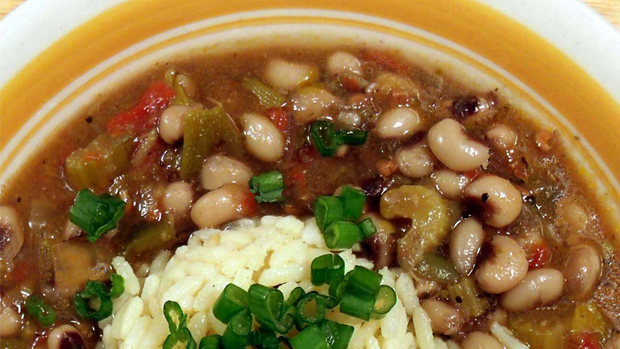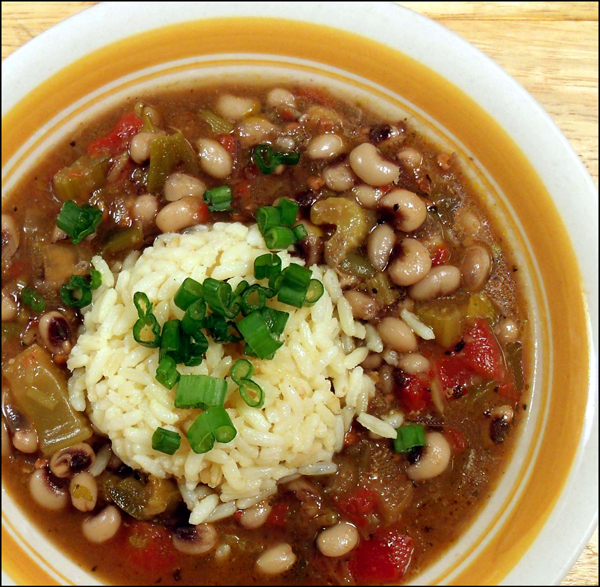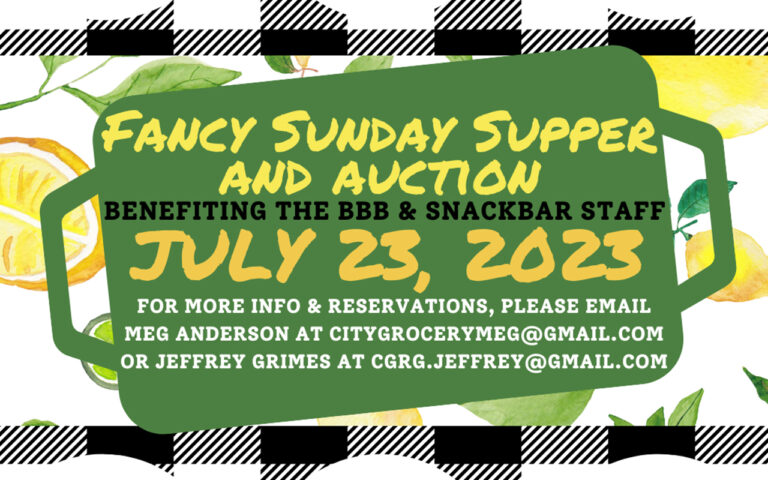
 A New Year’s celebration was marked by two traditions in my family: fireworks and black-eyed peas. Many of the fireworks were left over from my father’s superb Christmas collection, which contained the usual array of bottle rockets, Roman candles, and firecrackers, but he always had a few fountains and a big rocket or four put away for the last night in December. The peas, which we had on the table pretty much year-round, assumed an incandescence all their own that night as a signature of memory and togetherness.
A New Year’s celebration was marked by two traditions in my family: fireworks and black-eyed peas. Many of the fireworks were left over from my father’s superb Christmas collection, which contained the usual array of bottle rockets, Roman candles, and firecrackers, but he always had a few fountains and a big rocket or four put away for the last night in December. The peas, which we had on the table pretty much year-round, assumed an incandescence all their own that night as a signature of memory and togetherness.
Our freedom of worship brought many people to this country. Among the earliest were Jews who had endured centuries of barely tolerable hardships. Many Sephardic Jews settled in South Carolina, Georgia, and Maryland well before the Civil War, and they brought with them their tradition of eating black-eyed peas at Rosh Hashana. In time, this custom spread to their New World neighbors who were already familiar with the bean (yes, a black-eyed pea is a bean) but doubtless confused as to why the Jews celebrated New Year so early and didn’t use a ham bone in their peas like everyone else did. Still, the tradition caught on and endured, one of the more evident examples of the South’s many-layered and multifaceted culinary heritage.
This is another recipe I made at the Harvest Cafe in Oxford, a vegetarian restaurant on the corner of Jackson and South 10th. On the brunch shift, I’d make soup specials, which was always a challenge, because the black bean chili was outstanding and one of the most popular dishes. Under duress, I rose to the occasion and in a memorable effort made a gumbo using black-eyed peas. This combination of peas and okra in a thickened, richly-seasoned stock with aromatic vegetables and tomatoes seemed a good combination for our clientele; most people who ordered soup wanted something warm and filling around Sunday lunch time, and this recipe seemed a good alternative to the chili. My idea was received with reservations. When my boss John Anderson asked me what he needed to put on the blackboard as the soup of the day, I said “black-eyed pea gumbo.” He blinked his eyes behind those big glasses he wears, slowly nodded his head and said, “Okay”, which I interpreted as skepticism of a profound and imponderable nature. Jennie Lee, my co-worker, asked me if I’d lost my mind, but she’s from Charleston, knows red rice better than gumbo and she knew I was crazier than an outhouse rat anyway. She also didn’t sign my paychecks.
 Besides, the dish was well underway already. I’d made a good brown roux with vegetable oil and our lightest flour, had added minced garlic, chopped onions, celery, and bell pepper and combined that with a good base made with condensed refrigerated cubes of vegetable stock, basil, thyme, oregano, and bay. Not only that, but I’d been soaking the peas since happy hour the day before, and they were simmering on a back eye. I also had two packages of organic okra stashed in a refrigerator in the back; these were expensive contraband (imagine the price of a frozen package of organic okra in 1995), but essential to my enterprise. The okra I rinsed under warm water before adding it to the pot to relieve it of ropy-ness. The peas I drained but kept the liquid. After adding the peas and okra to the pot, I started adding the liquid to achieve a good consistency (I like it thick-ish, but with a good juice) then added two small drained cans of diced tomatoes that I’d smuggled in from James’ Food Store.
Besides, the dish was well underway already. I’d made a good brown roux with vegetable oil and our lightest flour, had added minced garlic, chopped onions, celery, and bell pepper and combined that with a good base made with condensed refrigerated cubes of vegetable stock, basil, thyme, oregano, and bay. Not only that, but I’d been soaking the peas since happy hour the day before, and they were simmering on a back eye. I also had two packages of organic okra stashed in a refrigerator in the back; these were expensive contraband (imagine the price of a frozen package of organic okra in 1995), but essential to my enterprise. The okra I rinsed under warm water before adding it to the pot to relieve it of ropy-ness. The peas I drained but kept the liquid. After adding the peas and okra to the pot, I started adding the liquid to achieve a good consistency (I like it thick-ish, but with a good juice) then added two small drained cans of diced tomatoes that I’d smuggled in from James’ Food Store.
Once that was done, I began adjusting the seasonings, and finally put the gumbo in a serving pan on the line. Of course John ordered the first bowl. His comment was just as laconic as his first, but delivered with a smile, which I took as a positive sign. This interpretation was confirmed when the orders started coming in, many for the gumbo. This earned me a grateful nod from my co-workers, since pouring something in a bowl and sending it out the window is one of the less stressful acts you can perform in a busy kitchen. Before the end of the shift, John was gracious enough to come into the kitchen and say, “They loved your gumbo. How did you make it?” John, here’s the recipe. Sorry I’m a little late. ![]()
–
This article was printed in The Local Voice #220 (published January 8, 2015).
To download a PDF of this issue, click here.


